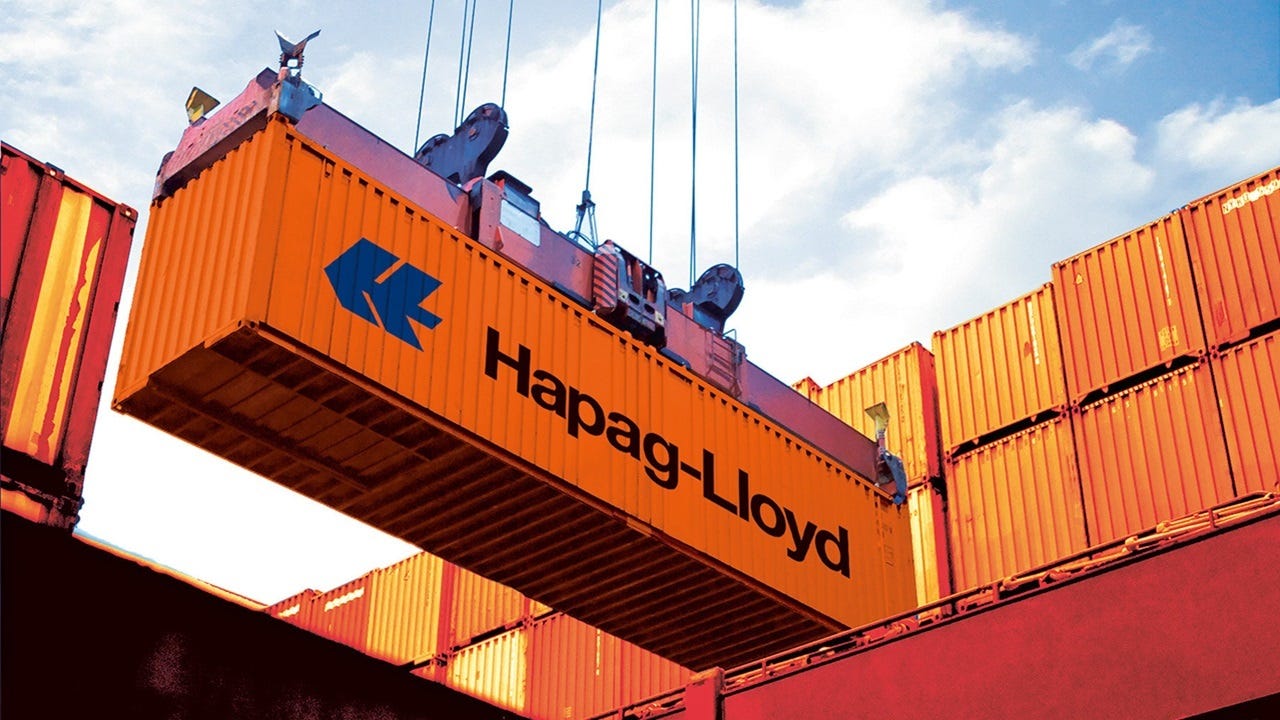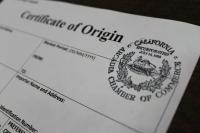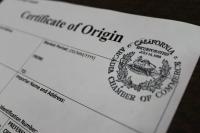WHAT IS THE DIFFERENCE BETWEEN MAWB (MASTER AIR WAYBILL) AND HAWB (HOUSE AIR WAYBILL)?
There are two types of air waybills available in international trade: Airline air waybill, with pre-printed issuing carrier identification and neutral air waybill, without pre-printed identification of the issuing carrier in any form.
What Does Master Air Waybill Mean in Export and Import Businesses?
Master air waybill (MAWB) is a transport document, which is used in air shipments, issued and signed by the air cargo carrier or its agent, generally on a pre-printed carrier’s air waybill format, evidences the terms and conditions of the carriage of goods over routes of the carrier(s).
Master waybills can also be identified as an airline air waybills, with pre-printed issuing carrier identification.
What Are the Main Features of a Master Air Waybill (MAWB)?
- Master air waybill generally issued on a pre-printed air waybill form of an issuer carrier.
- Master air waybill issued and signed by the carrier or an agent on behalf of the carrier.
- A master air waybill (MAWB) is subject to IATA Rules and one of the the international air conventions (Warsaw Convention, Hague amendment, Montreal Convention, etc.)
- Master air waybill is signed by the actual carrier and states the terms and conditions of the carriage, as a result consignee may have protection in case the goods are damaged or lost in transit.

Figure 1 : Master Air Waybill Sample
What Does House Air Waybill Mean in Export and Import Businesses?
House air waybill (HAWB) is a transport document, which is used in air shipments, issued and signed by a freight forwarder, generally on a natural air waybill format, evidences the terms and conditions of the carriage of goods as specified by the freight forwarder.
Neutral air waybills, without pre-printed identification of the issuing carrier can be used to issuance of house air waybills.
What Are the Main Features of a House Air Waybill (HAWB)?
- House air waybill generally issued on a natural air waybill format.
- House air waybill issued and signed by a forwarder without indicating any signing authority either carrier or as agent of the carrier.
- A house air waybill (HAWB) may or may not be subject to IATA Rules and one of the the international air conventions (Warsaw Convention, Hague amendment, Montreal Convention, etc.)
- House air waybill is signed by the forwarder and states the terms and conditions of carriage for the forwarder company’s perspective. House air waybill does not contain actual carrier’s carriage contract, as a result shipper stated on the house air waybill is not the direct participant of the carriage contract indicated on the master air waybill.

Figure 2 : House Air Waybill Sample
Differences Between Master Air Waybill and House Air Waybill
| Master Air Waybill | House Air Waybill |
|---|---|
Issued by the actual carrier, such as Korean Airlines, Emirates Airlines etc. | Issued by the forwarder company, such as XYZ Forwarding Ltd, etc. |
Signed either by the carrier or an agent of the carrier. | Signed by the forwarding company without any agency indication of the carrier. |
Issued on a pre-printed form of an actual carrier's air waybill. | Issued on a naturel form of an air waybill. |
Always subject to IATA Rules and one of the the international air conventions (Warsaw Convention, Hague amendment, Montreal Convention, etc.) | May or may not be subject to IATA Rules and one of the the international air conventions (Warsaw Convention, Hague amendment, Montreal Convention, etc.) |
States the terms and conditions of the carriage, as a result consignee may have protection in case the goods are damaged or lost in transit. | States the terms and conditions of the forwarding company, as a result consignee will not be having a legal protection in case the goods are damaged or lost in transit. |
States only MAWB number. | States both MAWB and HAWB number. |









